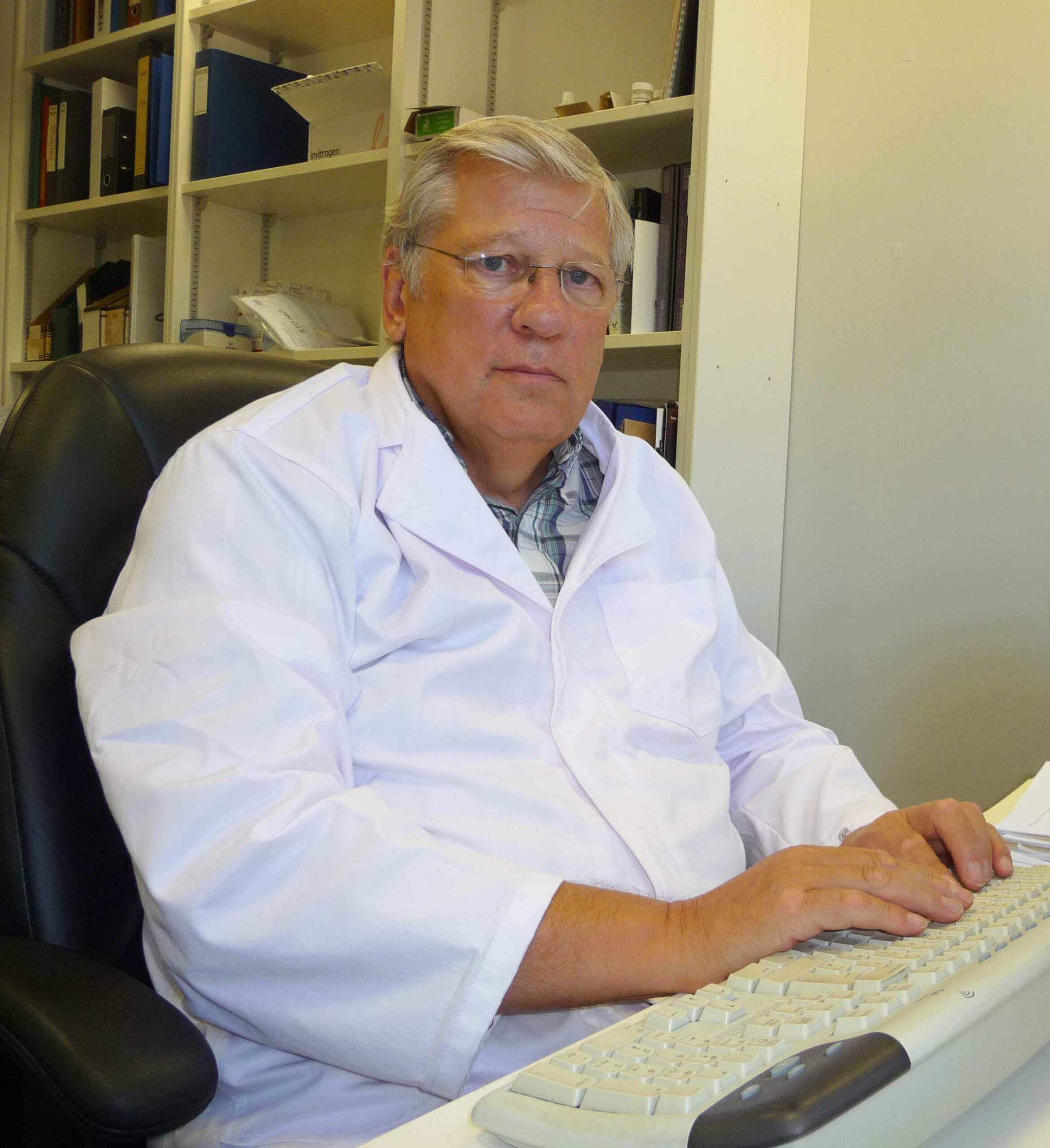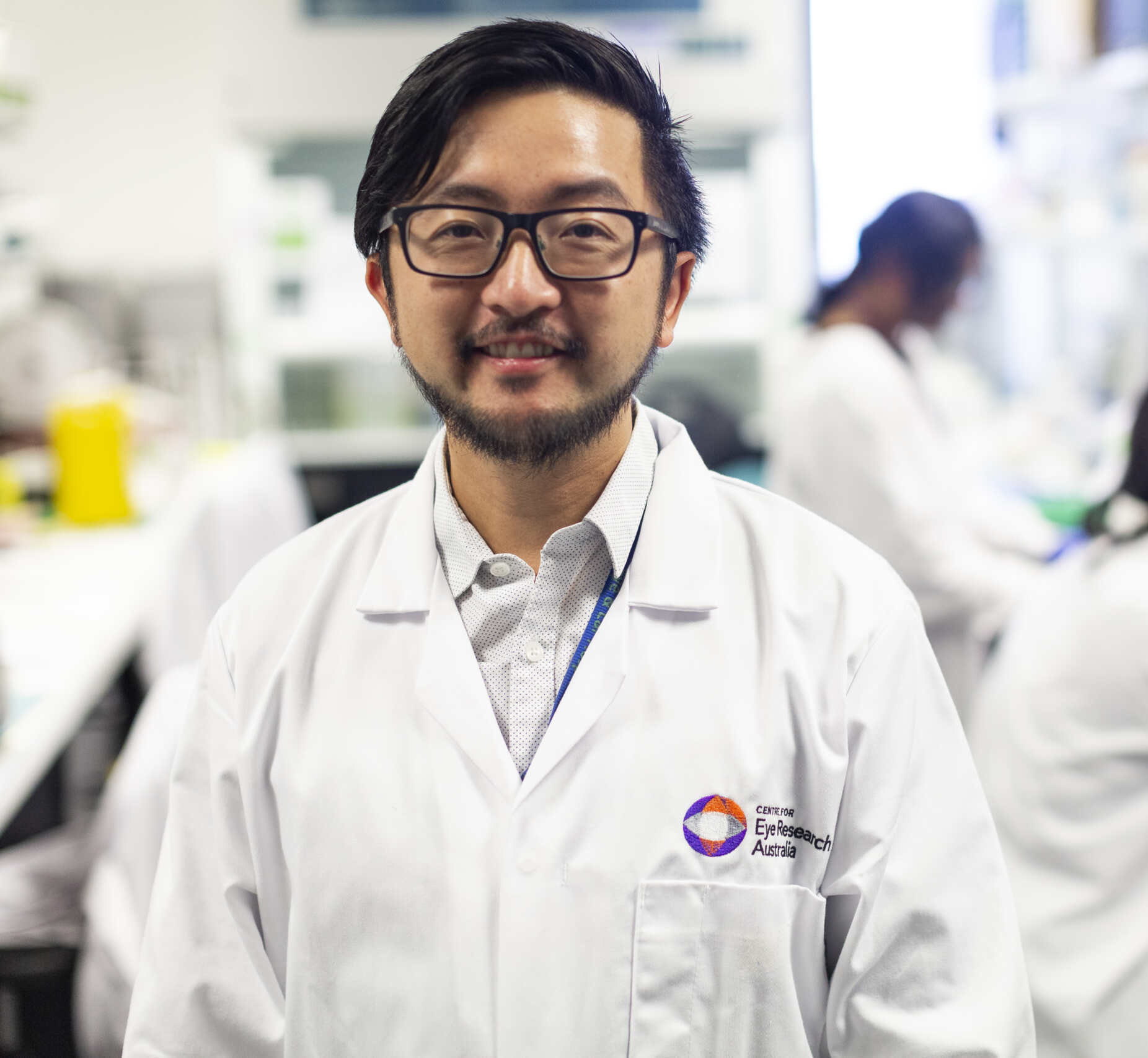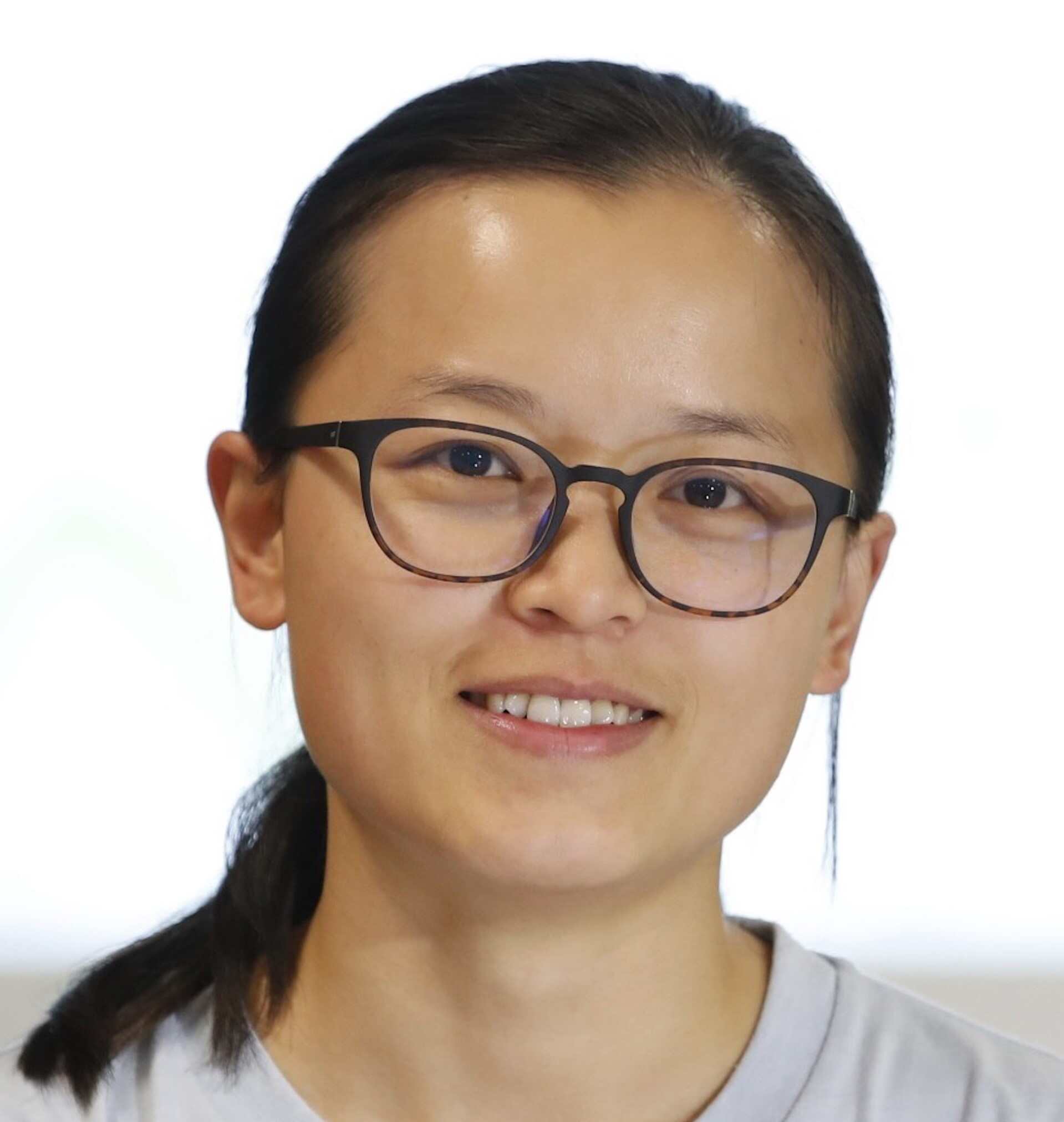Project Aim
The project was focussed on a syndromic form of macular dystrophy in a French family where the retinal defect is inherited in a dominant fashion along with split hand and foot malformations (SHFM). The main goals of the project were to:
- Find out if the disorder is related to chromosome 5p15.33.
- Investigate if the genes responsible for making proteins and their copies are active in the retina, the part of our eye that helps us see.
- Determine if certain molecules called Chr 5 miRNA have specific targets in the retina and if these targets are active.
- Discover if the Chr 5 miRNA and a special type of genetic material called long non-coding RNA are active in the retina, lncRNA..
Summary
From our study, it appears that the putative Chr 5 miRNA that is present within the deleted region on chromosome 5, in affected members of the family with macular dystrophy with SHFM, is not produced in the retina. This suggests that the disorder is unlikely to be caused by a lack of this particular microRNA. Instead, it is possible that a different type of genetic material called long non-coding RNA (lncRNA) is responsible for the disorder. If this is true, it would be the first time a retinal disease is linked to lncRNA.
We are also studying another type of macular dystrophy called North Carolina macular dystrophy, which is linked to a specific location on chromosome 6. Similar to the macular dystrophy with SHFM, we have been unable to find any mutations in protein-coding genes associated with this disorder. Our current suspicion is that this disorder may also be caused by a mutation in a lncRNA.
To our knowledge, this is the first time that a small RNA transcriptome has been generated from human retinal tissue. Given the known role of miRNAs in AMD, these transcriptomes will provide a very significant resource for the study of miRNAs in retinal disease and the generation of two transcriptomes in parallel will permit some estimate of variability in expression.

Chief investigator:
Professor David M Hunt
School of Animal Biology, UWA Oceans Institute and Lions Eye Institute, University of Western Australia
Co-investigator/s:
Professor Shaun P Collin, School of Animal Biology, UWA Oceans Institute and Lions Eye Institute, University of Western Australia
Grant awarded:
$30,000 (2011)
Research Impact Reports
Selective Activation of Retinal Bipolar Cells Using Freeform Electrical Stimulation
Project Aim This project explores a new method called freeform...
Development of epigenetic reprogramming technology to treat retinal degeneration
Project Aim This project aims to create a new way...
Characterizing Stargardt Disease Mutations for Splice Intervention Therapeutics
Project Aim The aim of this project was to find...
Virtual Reality Assessment of Functional Vision in achromatopsia
Project Aim This project aimed to develop and validate a virtual reality (VR) mobility task...




